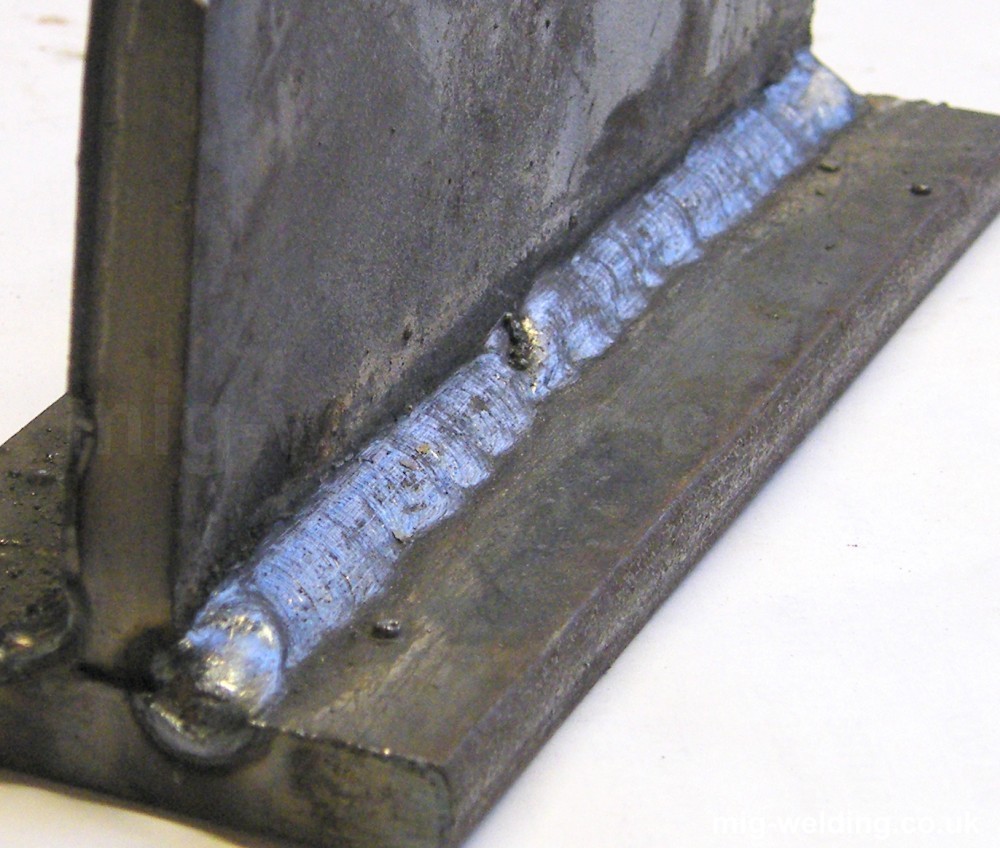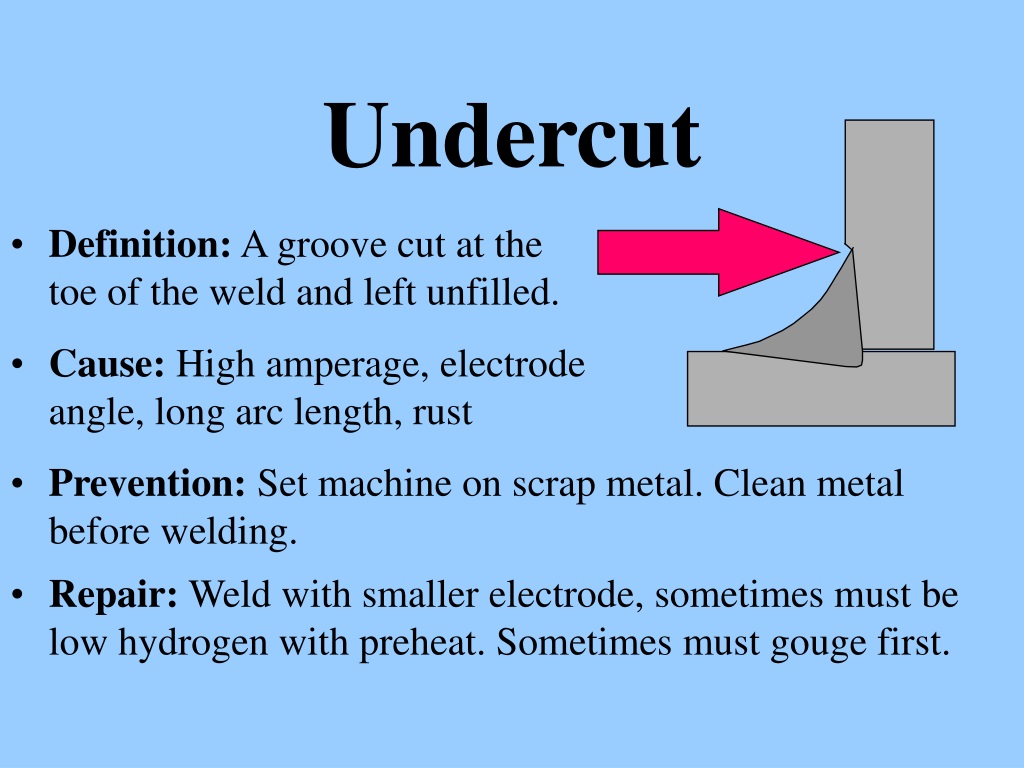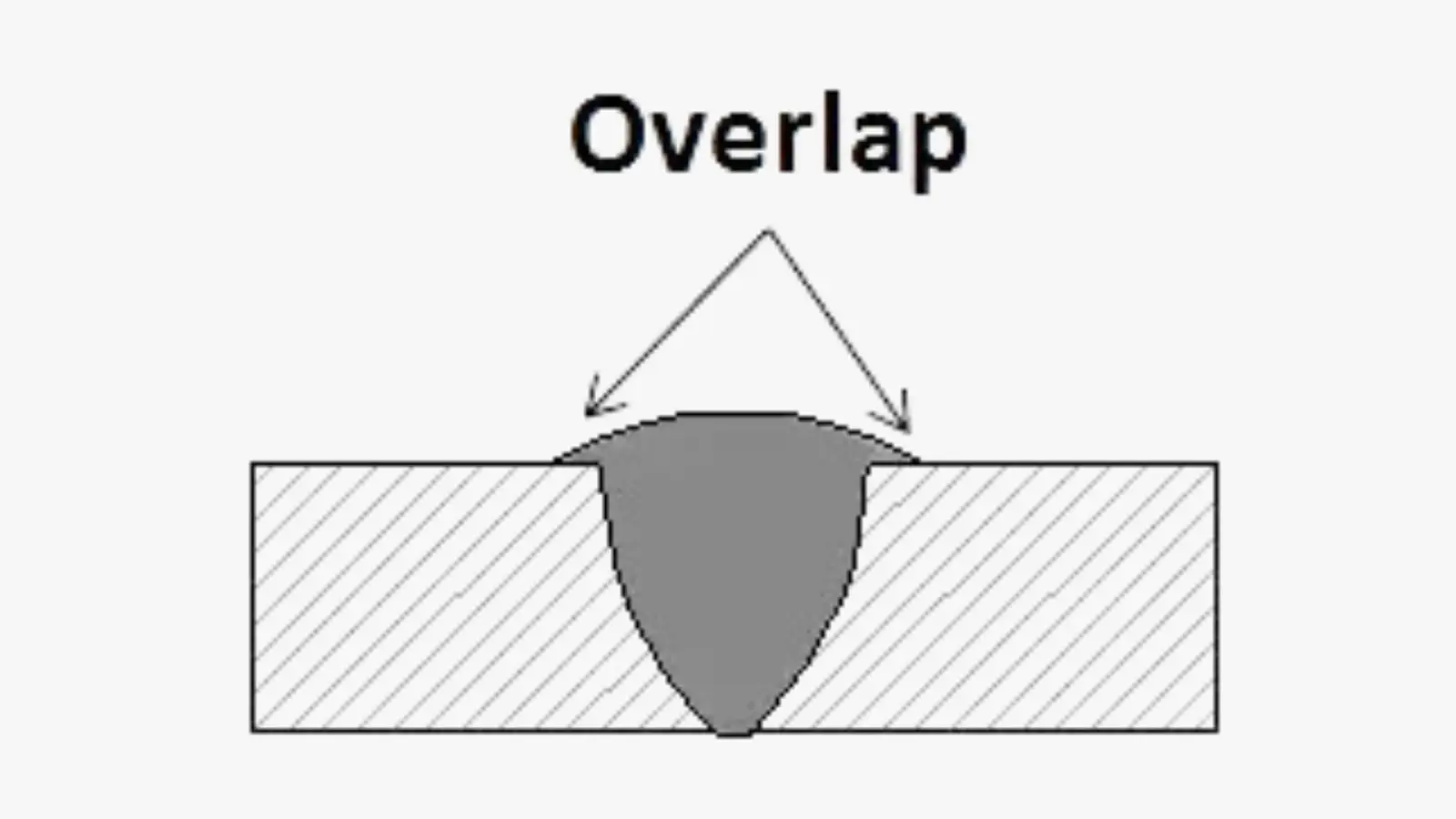Necessary Tips for Welders: Stopping Undercut Welding and Ensuring Stronger Weld Joints
In the world of welding, achieving durable and strong weld joints is the cornerstone of producing high-grade work. However, one usual challenge that welders typically come across is undercut welding, which can endanger the stability of the weld joint. By recognizing the aspects that add to undercutting and carrying out the right techniques and precautions, welders can effectively avoid this issue and ensure the long life and strength of their welds. Allow's check out some essential ideas that can help welders navigate this challenge and boost the quality of their welding tasks.

Comprehending Undercut Welding
Undercut welding is a typical welding problem that occurs when the weld steel fails to properly fill up the groove and results in a groove-like depression along the weld grain. This issue compromises the weld joint, making it susceptible to splitting and failing under stress and anxiety. Damaging can be created by numerous elements, including too much welding present, high welding speed, improper electrode angle, incorrect electrode size, and poor welding strategy.
Among the primary factors for undercut welding is an imbalance in between the welding present and the welding rate. If the welding current is as well high or the welding speed is as well quickly, the weld metal may not appropriately fill the groove, causing undercutting. In addition, using an electrode that is as well big can cause a comparable result, as the excess metal can not correctly move into the groove.
To protect against undercut welding, welders need to guarantee they are making use of the right welding parameters, keep a suitable electrode angle, select the appropriate electrode dimension, and method proper welding techniques. By dealing with these elements, welders can minimize the threat of undercutting and develop stronger, extra dependable weld joints.
Correct Welding Method
Effective welding technique plays a critical duty in making certain the quality and stability of weld joints. One fundamental facet of appropriate welding method is keeping the appropriate angle and distance between the welding gun and the work surface.
Additionally, a consistent and consistent hand motion is vital for creating strong and resilient weld joints. Welders should go for smooth, uniform motions to make certain even distribution of the weld product. Proper adjustment of the welding weapon and filler material is also crucial to accomplishing optimal infiltration and blend.
Furthermore, managing the heat input and picking the ideal welding parameters based on the product being welded are crucial variables in attaining high-grade welds - Preventing weld undercut. Welders should follow the advised setups given by welding procedure requirements and change them as required based upon the details demands of the task. By understanding proper welding methods, welders can considerably boost the toughness and reliability of their weld joints
Choosing the Right Electrode
When considering the value of choosing the appropriate electrode in welding applications,Keeping the appropriate angle and range between the welding weapon and the work surface is fundamental. The selection of electrode plays an important duty in figuring out the top quality and stamina of the weld joint. Electrodes are available in different kinds, each made for particular functions and materials.
To start with, choosing the appropriate electrode diameter is essential. Thinner electrodes are appropriate for welding thin materials, while thicker electrodes are much better for thicker products and greater warm applications. Matching the electrode size to the thickness of the work surface assists achieve a well balanced weld.
Secondly, recognizing the material structure of the electrode is essential. Different electrodes are designed for welding certain products like steel, stainless steel, aluminum, or cast iron. Utilizing the correct electrode material guarantees good combination and reduces the threat of defects in the weld.
Finally, taking into consideration the welding setting and technique is crucial when check my site selecting the electrode type. For instance, certain electrodes are better suited for overhanging or vertical welding placements, while others function well for level or straight placements. Picking the right electrode based on the welding method improves the total weld quality and honesty.
Preparing the Base Metal
To make sure a successful welding process, what first actions should be taken when preparing the base metal for welding? Effectively preparing the base steel is vital for attaining solid and resilient weld joints. The initial step in preparing the base steel is to clean it extensively to remove any kind of impurities such as corrosion, dirt, paint, or oil. This can be done utilizing a cord chemical, brush, or grinder solvents. Furthermore, any kind of existing weld product or deposit from previous welding need to be gotten rid of to make sure a clean surface area for the brand-new weld.

Conducting Post-Weld Inspections

After performing these evaluations, welders should compare the outcomes against sector requirements and project needs to guarantee that the weld joint fulfills all needed link requirements. Any type of discrepancies or insufficiencies uncovered throughout the post-weld assessment ought to be immediately dealt with via appropriate rehabilitative measures to guarantee the weld's integrity. By vigilantly performing post-weld examinations and without delay dealing with any type of concerns, welders can support the quality and reliability of their job, inevitably contributing to the safety and longevity of the welded structures.
Conclusion

To conclude, preventing undercut welding and making sure stronger weld joints need a combination like it of proper welding method, selecting the appropriate electrode, preparing the base steel correctly, and performing post-weld assessments. By understanding the root causes of undercut welding and applying the necessary precautions, welders can create high-grade weld joints that satisfy sector criteria and guarantee the structural stability of the bonded components.
Undercut welding is a common welding issue that occurs when the weld metal stops working to appropriately fill the groove and results in a groove-like depression along the weld grain (Preventing weld undercut). Damaging can be caused by numerous elements, including excessive welding present, high welding speed, improper electrode angle, wrong electrode dimension, and poor welding technique
One of the primary reasons for undercut welding is an inequality between the welding current and the welding speed. If the welding current is too high or the welding speed is too fast, the weld steel might not effectively fill the groove, leading to damaging.Keeping the correct angle and range between the welding gun and the workpiece is basic when thinking about the relevance of picking the right electrode in welding applications.